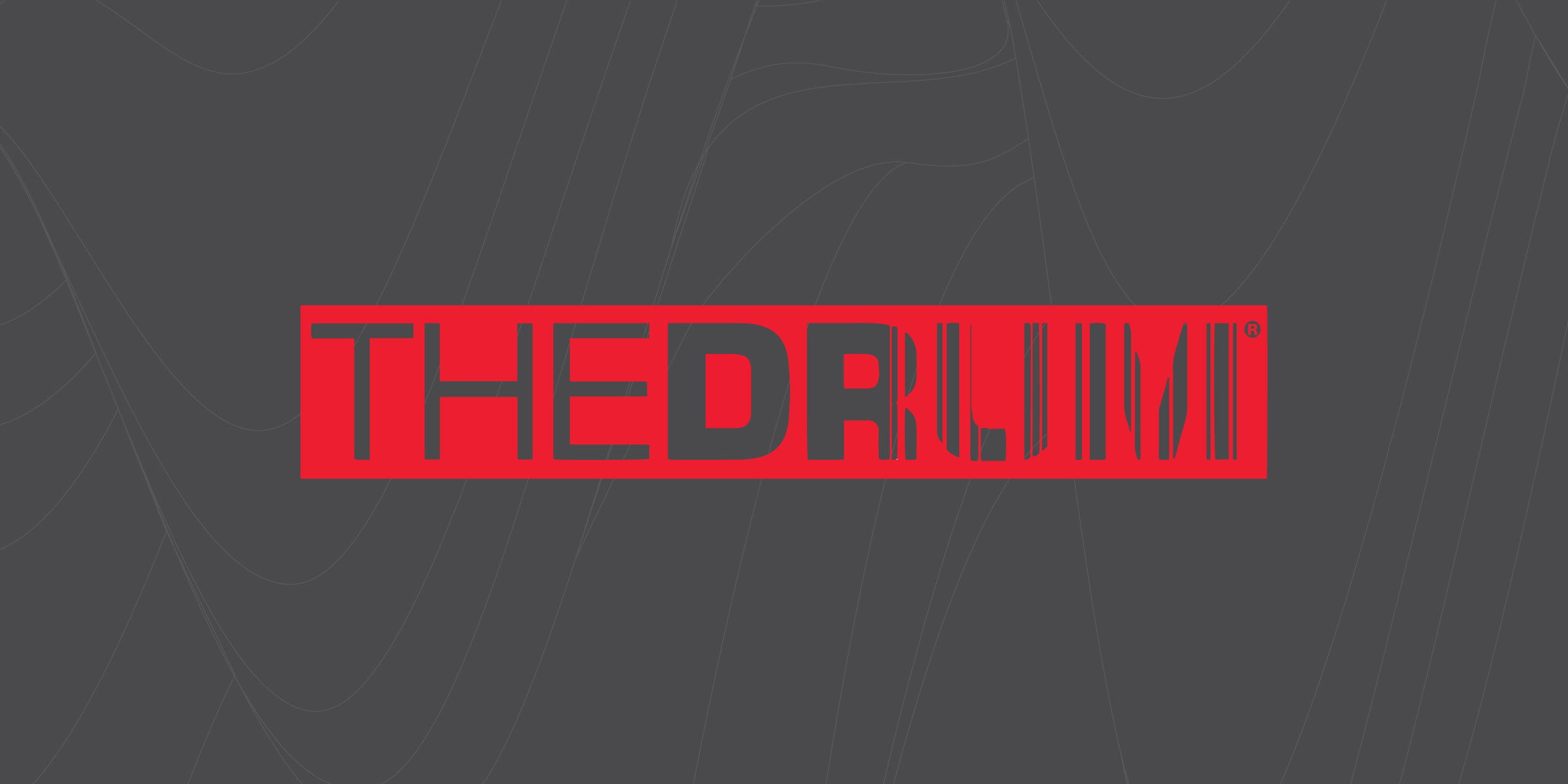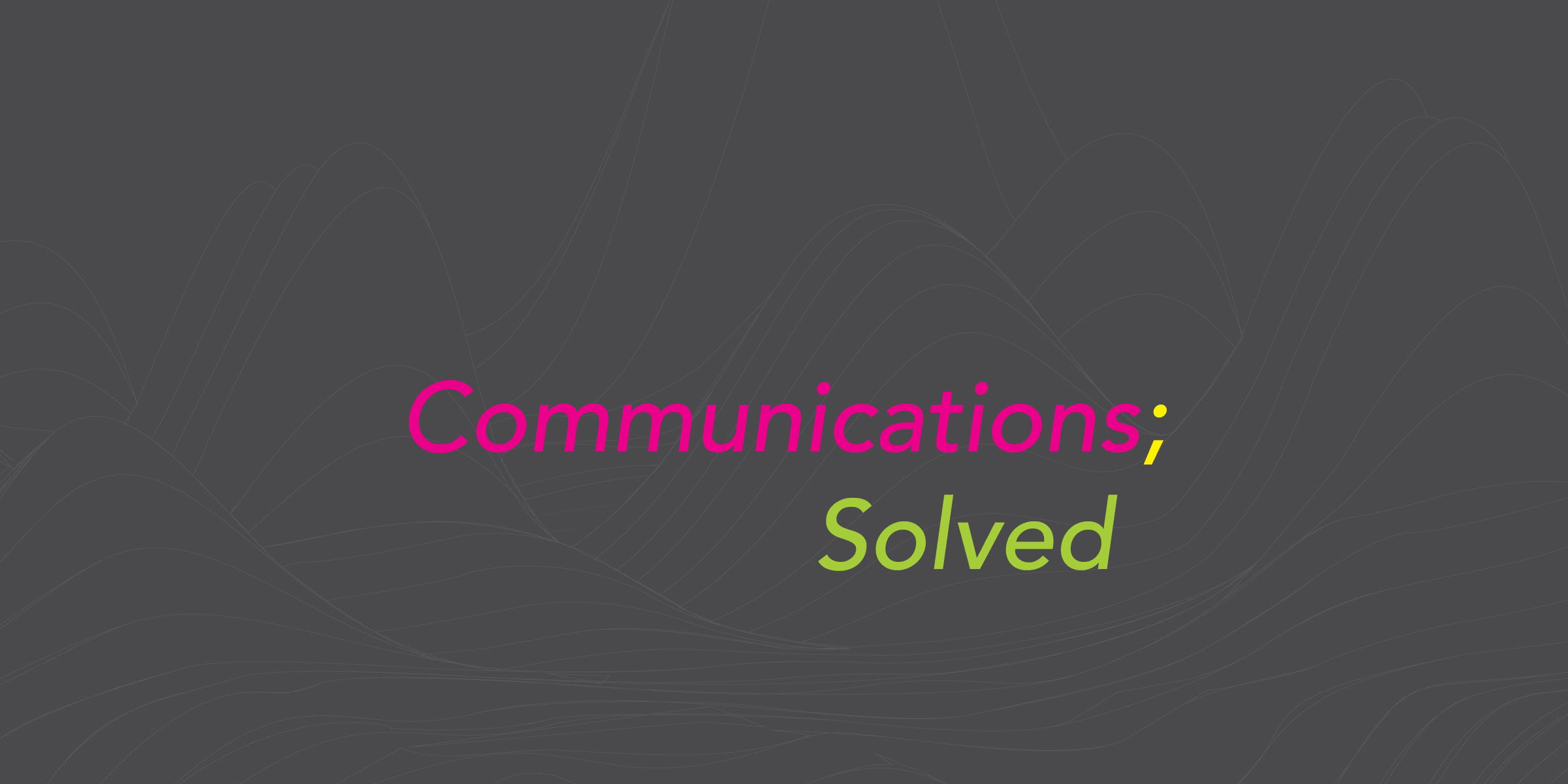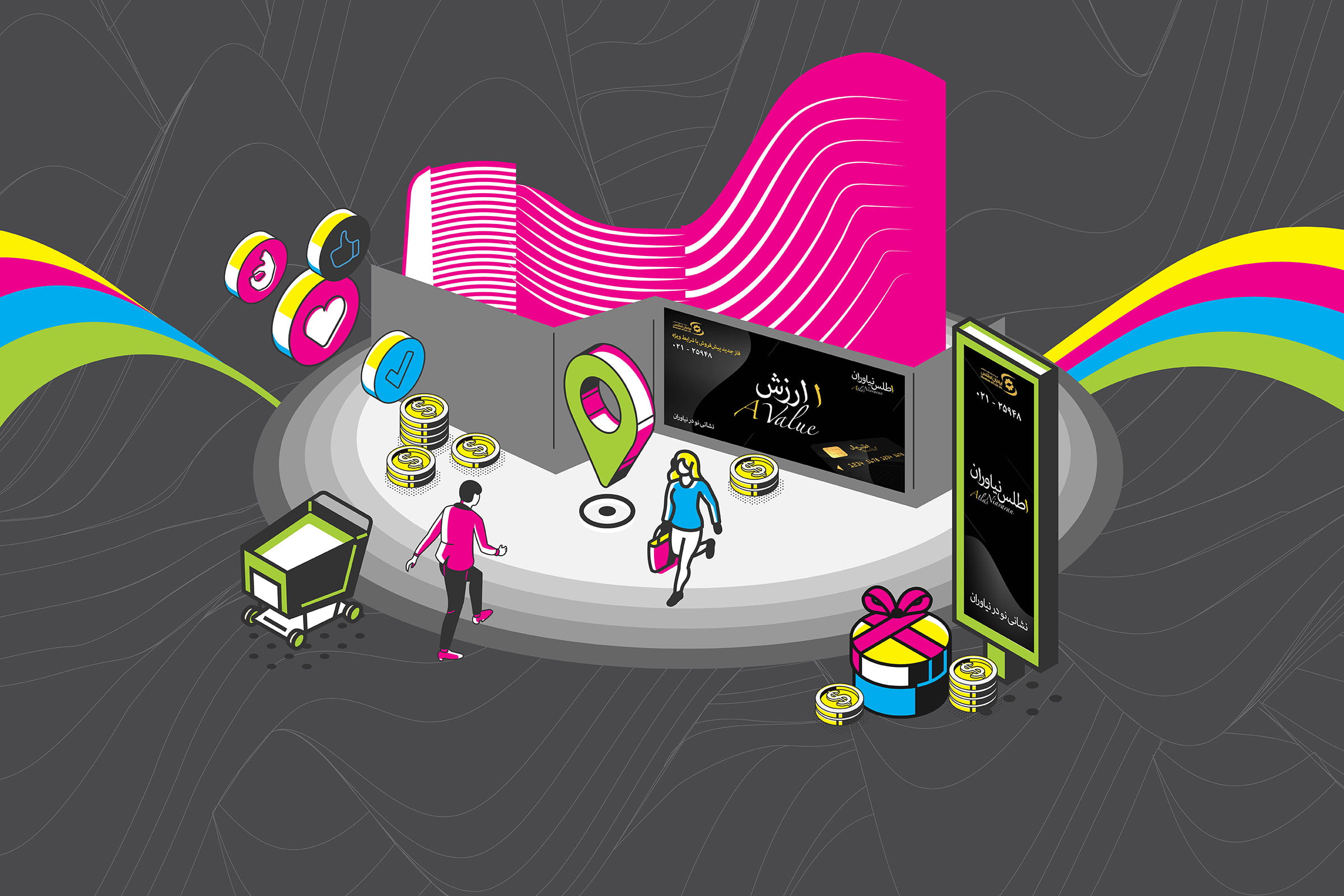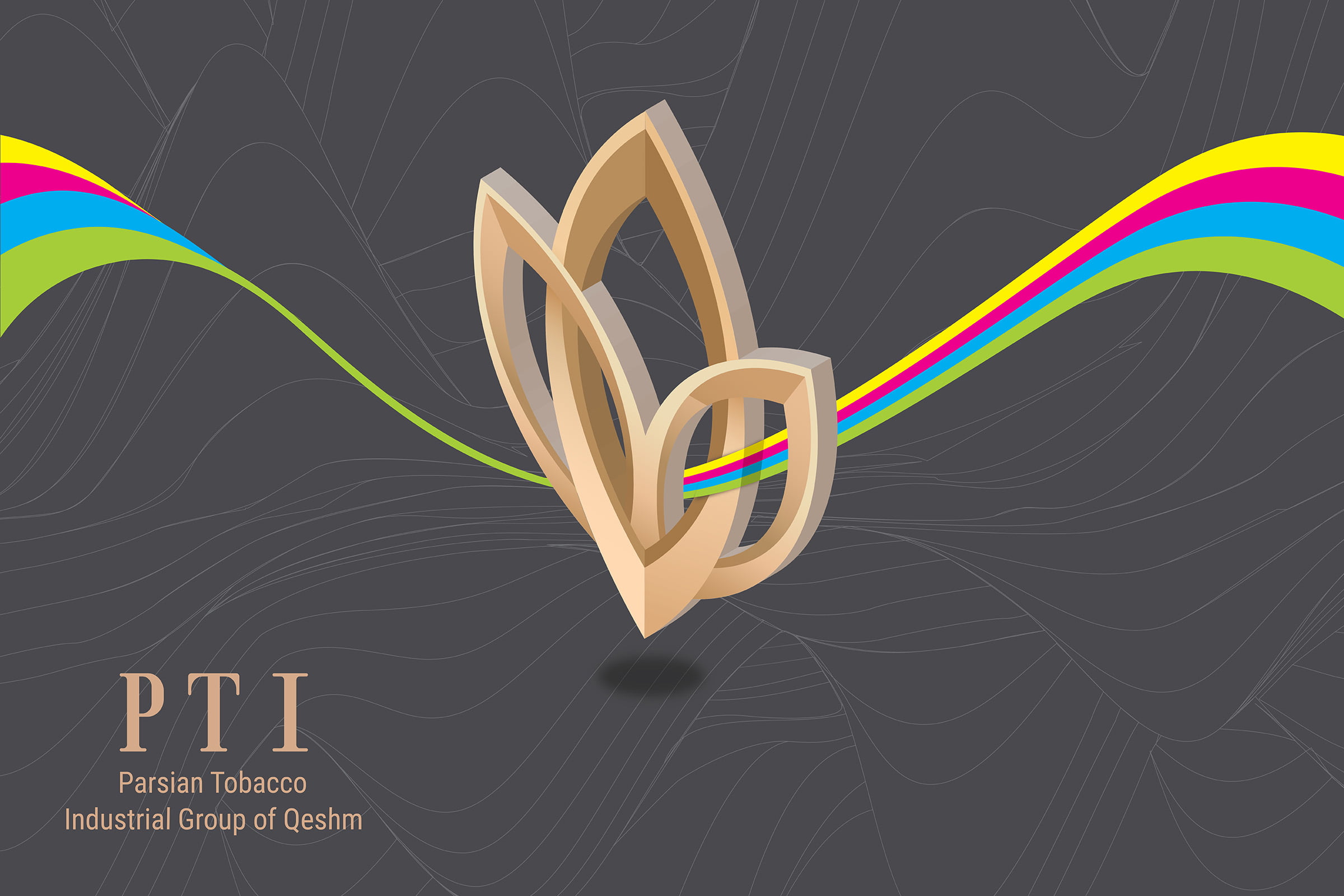Despite Trump, Iran remains an exciting proposition for the marcomms industry
Back in late 2008 to early 2009, there was a good deal of optimism in America and much of the developed world; surprising really, given that we’d just suffered the worst financial meltdown in more than 80 years. So what does this mean for the top marcomms agencies in Iran? Read on to learn more.
The reason for that optimism among top marcomms agencies in Iran was, of course, the election of a new US president. Barack Obama wasn’t just the first black POTUS in history, he represented something new after the divisive Bush and Clinton years. He was charismatic, personable, young – with something of the young John F. Kennedy about him – and was full of energy and ideas.
It’s fair to say that, despite his undisputed qualities as a man, and his good intentions, Obama’s two terms were something of a disappointment, and that optimism of those years had largely faded by the time he left office.
However, he did achieve something very significant during his two terms – and that was bringing Iran back into the fold after 30 years. My Green Square colleague Barry Dudley wrote about this in The Drum back in 2015.
Why is Iran important, not just for the marcomms industry, but for the world in general?
Well, as Barry pointed out, and despite its well-documented problems (notably a repressive government, religious extremism and an ongoing proxy war with Saudi Arabia which has caused untold misery in the Middle East and beyond), Iran is more than a dour, backwards theocracy. It has a predominantly young, outward-looking and entrepreneurial population (56% of its 80 million people are aged under 25) with a surprising affection for parts of the west and a hunger for brands.
One of the most wired-up countries outside the west – internet penetration runs at 56%, and mobile penetration is now approaching 130% – it’s potentially a regional superpower. Economic growth is running at about 20% and the country has more tech and advertising startups than anywhere else in the region. The young, urbanised population is stylish and well-informed and educated; and, despite the government’s efforts, ingenious in its efforts to circumnavigate state crackdowns. The film, theatre and music industries are also thriving. While in no sense an, open, western-style democracy, it is starting to look like a modern state.
Interest in Iran grows
No wonder then that brands and their marketing agencies are interested in the country. Indeed, shortly after Barry wrote that piece, the sage of advertising, WPP boss Sir Martin Sorrell, was bigging up the country. As Iran-watchers consistently pointed out, Iran is a more westernised country than China.
While progress is – inevitably – slow, the opportunity for brands in Iran remains potentially huge, and the big networks will be licking their lips at the thought of snapping up or working with, the country’s agencies. These include Zigma8, PGt, Nour and Irannovin.
One of the top marcomms agencies in Iran
The best-known of these shops is Tehran-based Zigma8, whose founder and executive creative director, Dr. Mir Damoon Mir, has established himself as something of a guru on his country’s agency scene.
“The first and most important thing to bear in mind when advertising and branding in Iran is that you are communicating with one of the most diverse audiences in the world,” he said last year.
“This is a vast community from the north of Iran to the south, and from east to west, with an unsaturated market in the big cities. Tehran is the second-largest city in Western Asia and the third-largest in the Middle East. It’s a large, multicultural community with a wide range of diversity.
“Even though the purchasing power of the majority of people decreased in the eight years of the Mahmoud Ahmadinejad regime, this is still a demanding society when it comes to luxury brands and quality products and services. Many luxury malls have opened in Tehran and other Iranian cities in recent years, and most of them are fully packed on weekends.

“People enjoy shopping and having dinner or lunch in restaurants and fast food places. They love to dress up and go out to malls, to see and be seen, and even if they’re not shopping, they’re at least window-shopping. More than fifteen large shopping malls are under construction just in Tehran, and many more in other parts of the country.
“I know lots of teenagers who work full-time for $400 per month, but when you look at their wardrobe, each item costs $150 or more, and it is all major brands. The community is very sophisticated about brands. Iranian consumers have a definite sense of style, and they like to show off.”
Mir identifies gaming, computer hardware and software, banking, homewares, and fashion as growth areas. Samsung, Danone, Unilever, BAT, and Bayer are all already advertising in the country.
So, lots of potentials there. You can see why stylish brands such as Apple are interested in gaining a foothold in this potentially lucrative market.
Since then, a spanner has been thrown in the works with the election of the 45th US president. Donald Trump has made no secret of his desire to pull America out of the Obama deal and re-impose sanctions.
Leaving aside the geopolitical effects of such a move – far too complex to deal with here – outward-looking brands and agencies here in the west will be disappointed if Iran becomes a pariah again, the door slammed shut just when it had been pushed ajar.
For all his bluster, The Donald has, however, yet to enact any of his decrees: both his repeal of Obamacare and the “travel ban” have become stuck in the labyrinthine corridors of Washington politics, with no resolution in sight. And only this week Theresa May underlined the UK government’s support for the nuclear deal.
Of course, no matter how this drama plays out, there will be significant challenges for any agencies wishing to work in the country – not least the distinctions between Persian and Arabic language and culture (and indeed between Judeo-Christian/Western secular and Shia Islamic culture). It is not simply a case of repurposing content from other areas of Europe or the Middle East, as this approach will be rejected by Iranian consumers.
Entering the Iran market
Some brands will also find it easier than others to launch in Iran. Certain products, like energy drinks, are prohibited, while other types of foods and industrial goods will encounter tougher regulations, with the Iranian government keen to protect local producers. But things look more straightforward for companies in the technology and telecoms space.
However, foreign advertisers are currently forced to pay a premium to advertise on Iranian TV, which will require expert negotiating skills by media agencies; and although some large supermarket chains (notably Carrefour) have entered the market, the country is still dominated by bazaars and small shops, making it difficult for western brands to get decent distribution.
But these are not insurmountable problems. Iran still remains a tantalizing and exciting proposition, and the marcomms industry should, now more than ever, be working at ways of developing it.










